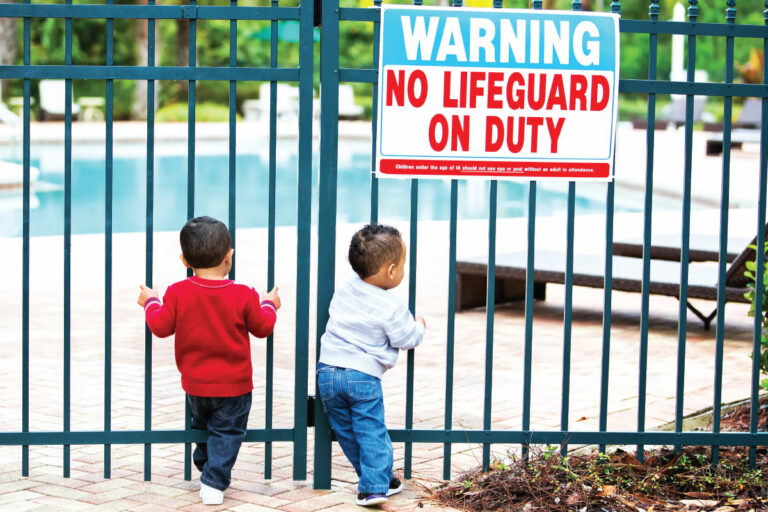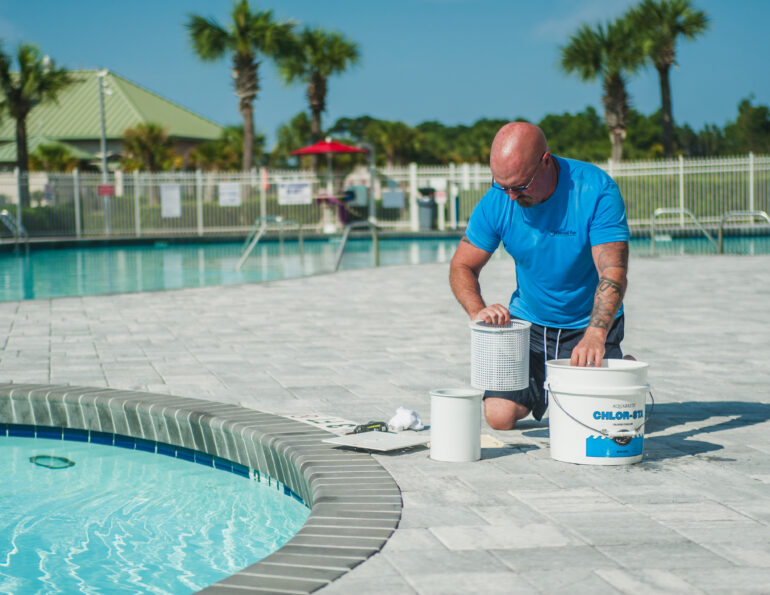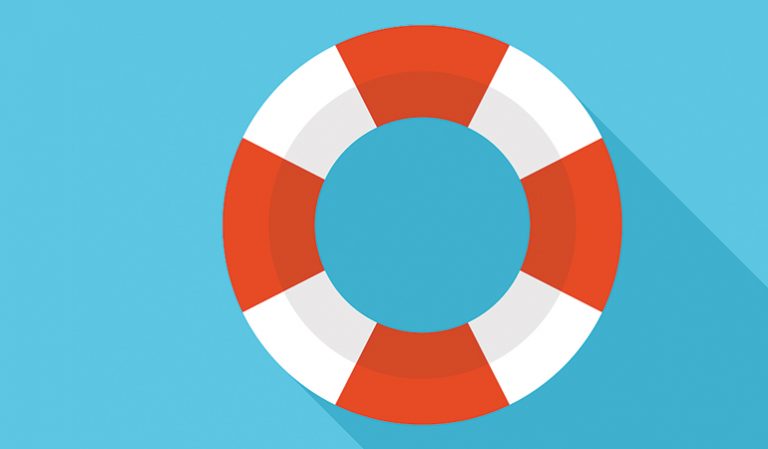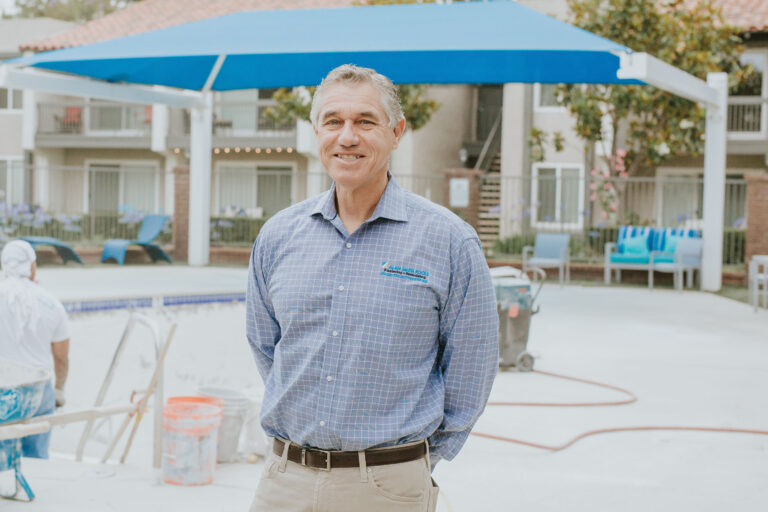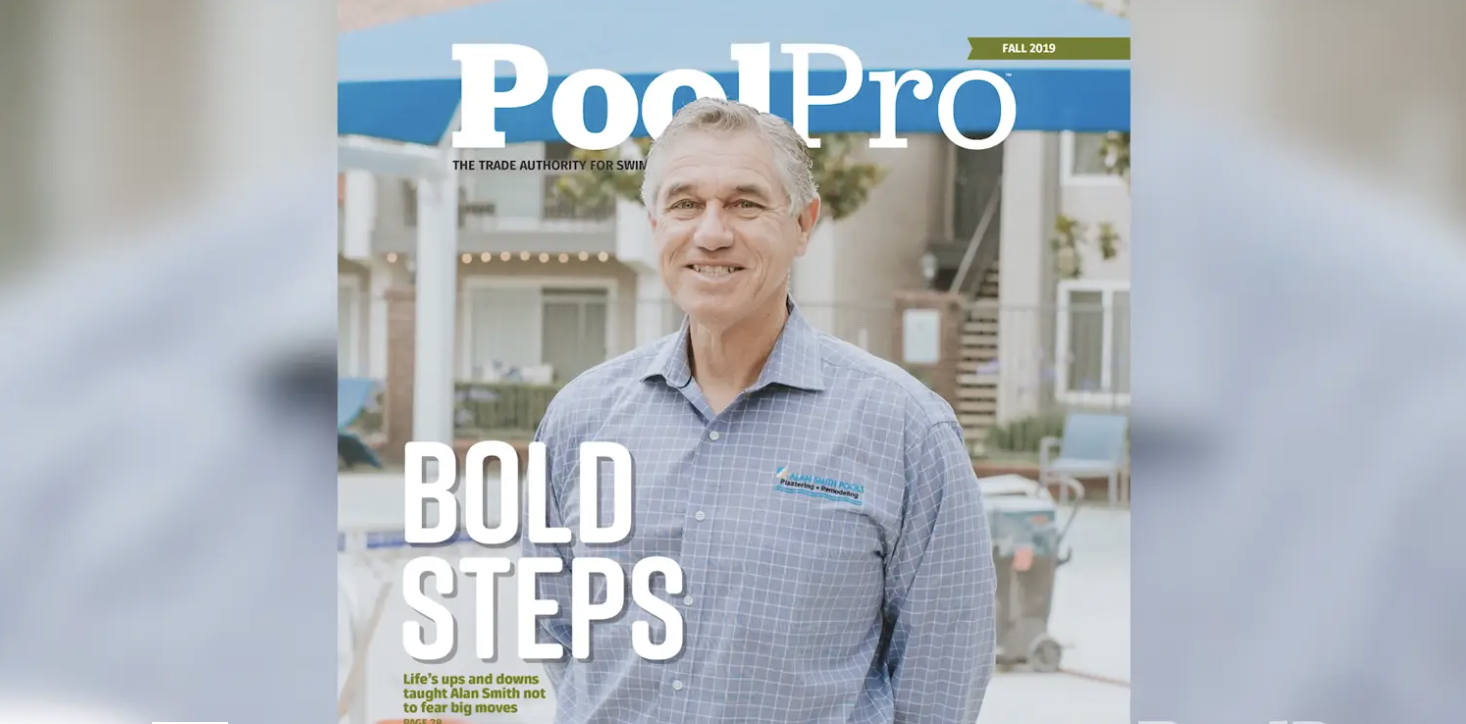In Search of a Zero-Injury Work Place
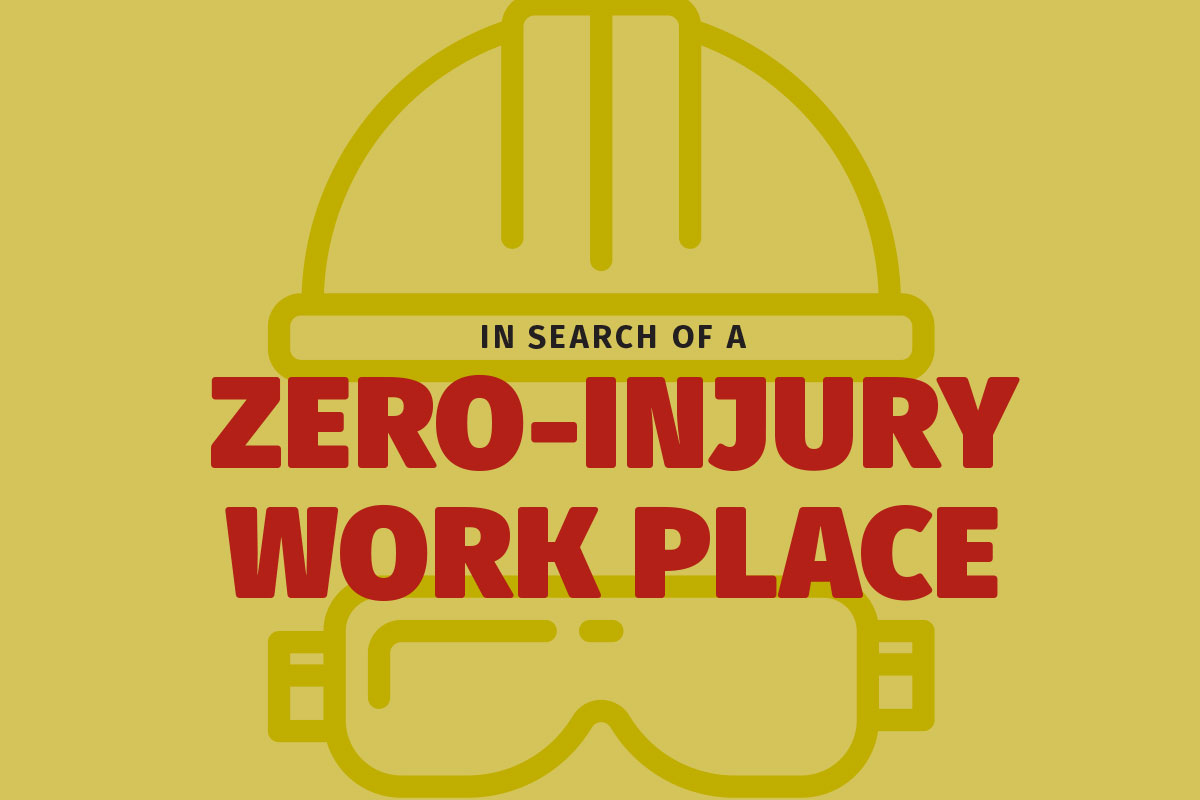
A few years ago, Lin Boyd, owner of Splash Pool Service in Kyle, Texas, found himself in a situation that might have been comical had it not been so serious. Alone in a remote area of Cedar Creek, Texas, Boyd was preparing to clean a 12-foot-deep pool when he slipped and fell into it — empty save for what he calls thigh-deep nasty muck water — and sustained a significant hip injury.
A working paramedic with nearly 10 years as a first responder, Boyd didn’t panic — but his experience made the gravity of the situation all the more obvious. To make matters worse, it was stifling hot.
“There was nobody around, and nobody knew where I was,” he says. “I was shouting for my life. I knew I had to conserve my energy. I had no way out.”
Boyd’s story is just one example of a pool-service situation going from mundane to frantic in a blink.
“The pool and spa industry is an insidious mix of dangerous tools and machinery, hazardous chemicals and minimally trained workers,” says Steve Goodale, a second-generation pool and spa builder, blogger and technical specialist from Ontario, Canada. He reaches more than 3 million viewers per year with his popular pool and spa blog, SwimmingPoolSteve.com.
For Goodale, however, the most dangerous part of the job is not tools, trucks or electricity — it’s complacency.
“There is no issue more important than safety in the workplace,” he says. “Unfortunately, there is also no easier thing to take for granted at work than the potential for an accident or serious injury.” He says the antidote to this complacency lies in establishing a safety protocol and following that protocol once in place.
The Foundation of a Safety Policy
Safety protocols are different for each business, but Goodale suggests devoting time and resources to the following three steps, which represent the minimum approach companies should take to develop a culture of safety in the workplace:
- Providing all adequate personal protection equipment (PPE), and keeping all tools and equipment in functional condition
- Training programs for all staff members to ensure a congruent approach to safety across your workforce
- Monitoring and enforcing your established safety protocol
Goodale also suggests auditing your own specific workplace conditions by answering the following two questions:
How many of the following violations can you find in your shop and in your service fleet?
- Cut or frayed electrical cords on power tools
- Removed or altered safety guards on hand tools
- Broken ground pins on extension cords
- Service vehicles past due for maintenance or repairs
Is there any work conducted where the following basic protection measures are not being taken?
- Safety glasses in good condition/not scratched
- Ear plugs and ear muffs for hearing protection
- Gloves for mechanical and chemical hazards
- Ventilator masks with appropriate cartridges
- Protective clothing including steel-toed boots, long pants and long sleeves
True safety also requires an intimate familiarity with the hazards inherent to your specific business, region and equipment. Working in South Central Texas, Boyd worries more about the blazing sun than providing heavy boots and clothing, which would put his crew in danger of overheating.
“It gets hotter than the hinges of Hell,” Boyd says. “So we conduct field training and make them aware of the signs of heat exhaustion. Another main concern is that you don’t get jungle rot [chronic ulcerative skin lesions] on your feet. I always make sure my guys keep their feet dry.”
His most pressing concern, however, is the transport of chemicals.
“I worry about them constantly when they’re on the highway or when they’re going pretty far out for a job,” he says. “We handle a lot of oxidizers [and] highly concentrated chemicals that are supposed to be massively diluted.”
He prepares by raising awareness and educating his staff about the exact nature of the chemicals and injuries they can cause. He says most chemical manufacturers have a placard on the packaging that provides this information, and he usually goes over it with his employees.
Training and Equipment Cost Money, But Accidents Cost More
A simple fact of doing business in the modern era is that safety protocols are expensive to administer and maintain.
“Almost every safety violation in the workplace can be traced to money,” Goodale says. “Safety equipment and PPE are expensive, and time spent training safety with employees is not billable time. These add up to be significant costs to the business owner, and so there is an incentive in turning a blind eye to safety violations.”
By putting extra money into health and safety on the front end, however, pool company owners will almost certainly save money in the long run in terms of lawsuits, high turnover, employee absence due to injury and lost customers.
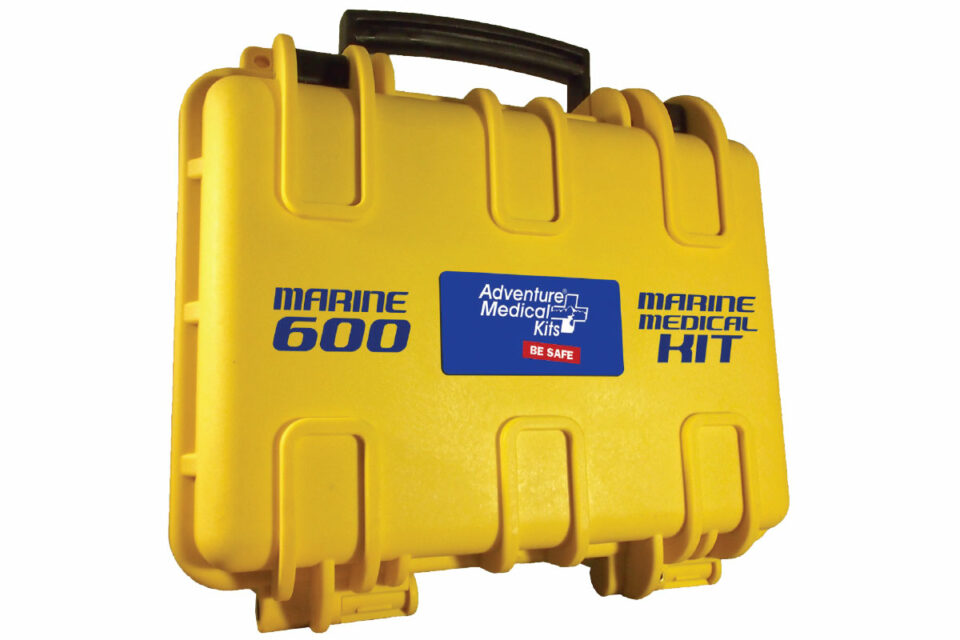
Boyd, for example, goes above and beyond in terms of the first-aid kits he keeps on his trucks, investing in pricey Marine Adventure 600 Medical Kits. Meant for boats, the waterproof kits are organized by injury and can sustain six people up to 12 hours away from medical assistance.
When it Comes to Safety, Employees Shouldn’t Have Options
Generally speaking, the best bosses are the ones who consider the unique needs, wants and concerns of their employees, but the company safety policy is not a time for individual expression.
“The owner of the company should create a safe working culture and invite employees into this culture,” Goodale says. “Not let each worker determine individual risk when they often do not have the experience or foresight to make an informed decision on safety issues.”
He uses sunscreen as an example. Controlling what grown adults put on their bodies might seem intrusive, but if you don’t require the use of sunscreen with no exceptions, you’re exposing your employees to heightened cancer risk — a job hazard as serious as it is preventable.
“Why is it up to the worker whether they want to be protected?” Goodale asks. “Just as with seat belts, it should be the policy of the company to require all employees to conduct themselves safely — including personal protection like sunblock, ear plugs, safety glasses, ventilator masks — whether the employee sees value in this practice or not.”
That means employers must defend the line they draw in the sand, even if it results in terminating an otherwise valuable employee for repeated safety offenses.
“You spent the resources to have a culture of safety, yet this can be undermined by a single stubborn employee in the field,” Goodale says. “When it comes to safety, there has to be a no-tolerance approach.”
Remind Employees What’s on the Line
Bruce Hudson of Bruce Hudson Pool Service in Austin, Texas, began obsessing over safety in the early 1990s when he decided to buy sulfuric acid in bulk.
“It was a replacement for muriatic acid, which smoked so much on humid days that it was killing people’s plants in their screen enclosures,” Hudson says.
The sulfuric acid was easier to work with, but no less dangerous, as Hudson would learn the hard way. As he worked with a crew of techs to dilute the acid using a common push-pull, piston-driven pump, he turned to answer a crewmember’s question.
“The pump over-pressurized and as I turned, the hose sprayed me directly in the face,” Hudson says. “The pain was immediate and intense.”
Hudson’s unprotected face took a direct shot of sulfuric acid and the eyewash station he had been building wasn’t finished. Luckily, he was working in a gated community that had its own medical office, which rinsed his now-sightless eyes and sent him to a nearby hospital, where his eyes were treated and bandaged.
“I asked the doctor if I would ever see again,” Hudson says. “He replied very matter of factly, ‘I don’t know.’ ”
Hudson did regain his vision, although it took a decade before he healed completely. During that time, he had to “live on saline eye drops” because his eyes didn’t produce tears.
The acid hit his mouth, too, degrading his tooth enamel and forcing him to use a prescription toothpaste for several months.
His teeth have regained their strength and his eyes now produce their own tears, but the incident is never far from his mind. Upon recovery, Hudson was appointed as the company safety officer.
“The first thing I did was finish my eyewash station,” Hudson says. “I bought face shields. I bought gloves and respirators. ‘Wear them,’ I tell [the crew]. ‘You don’t want what happened to me to happen to you.’ ”
He created a library of safety videos and books that are now required reading for new employees and he upgraded to a safer and more reliable pump.
“I got a hand-cranked rotary pump driven by centrifugal force,” Hudson says. “Those piston pumps are often recommended, but it’s absolutely the wrong choice. It needs to be a corrosion-resistant rotary pump.”
Lead from the Top and Learn from Accidents
Goodale, Boyd and Hudson all stressed that safety policies only work if they’re implemented and encouraged from the top down. They also think it’s critical to use accidents or injuries as teachable moments.
“Unfortunately, safety at work is something that is usually not taken seriously until there is an incident,” Goodale says. “When an accident does happen at work, the correct action to take is to determine why and how this accident happened, and what protocol you can implement to reduce the potential for this to happen again.”
For Boyd, this is not a hypothetical, nor is the concept of leading by example. His accident in the drained pool was a direct result of dangerous complacency that he would never have tolerated from his own crew: He went alone to a major job without informing dispatch of his location or taking the basic safety precaution of tying off.
Enduring his ordeal at the bottom of the pool, Boyd remembered an engagement that the fates had almost certainly doomed him to miss.
“I was supposed to go have dinner with a girl and she was blowing my phone up,” Boyd says. “I knew she was worried because I was already an hour late.”
After several hours in the muck, hot, dehydrated and injured, he finally used his pocketknife to cut the vinyl liner and climb up the tear.
“I ruined their liner, but you know what, it saved my life,” Boyd says. “I knew from that day on I would never go to a big job alone, and to always tie myself off.”
A lesson learned — and he still made it to dinner.
“When I crawled out of the nasty pool, I was so grateful I was alive,” Boyd says. “I threw my clothes off because they were covered with sludge, and I went straight to the dinner at her friend’s house wearing nothing but my shorts. I reeked. They were laughing so hard when I told them the story. I said, ‘I’m going to get to a day where I can laugh about it, too, but it’s not today.’ ”
Check out Horror Stories From the Field for work injury stories from industry pros.

